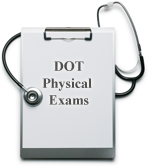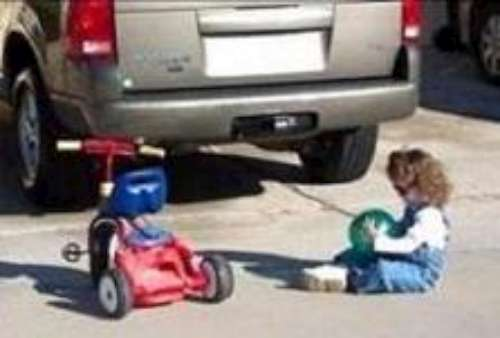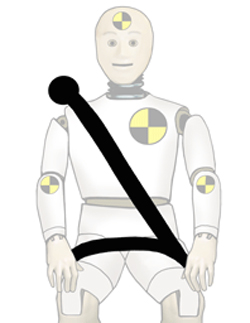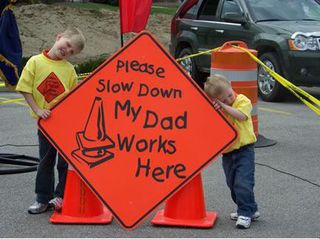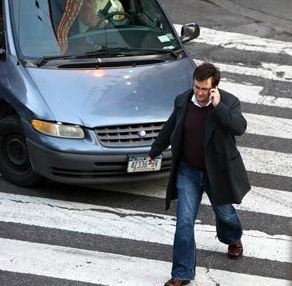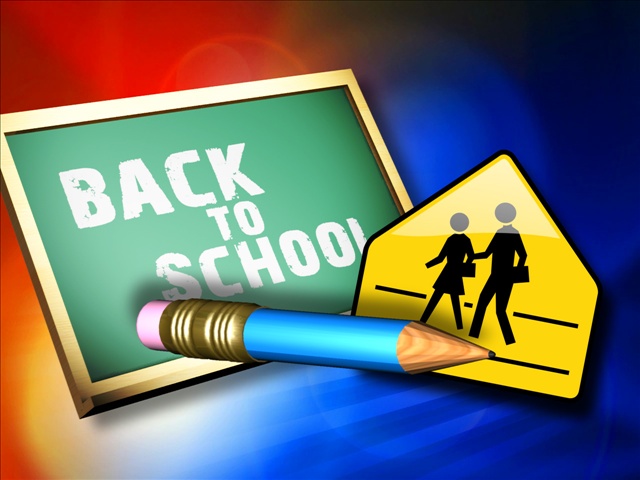 As the school year gets underway, it’s great to see more kids walking to – and from – school. We want to remind parents and drivers to do their part to keep these kids safe. One fun idea is walking the route to school with your child to find the best places to cross the street or discuss the importance of making eye contact with drivers before you step into the road.
As the school year gets underway, it’s great to see more kids walking to – and from – school. We want to remind parents and drivers to do their part to keep these kids safe. One fun idea is walking the route to school with your child to find the best places to cross the street or discuss the importance of making eye contact with drivers before you step into the road.
Here are a few other tips that will help keep everyone safe.
Tips for Walkers
- Developmentally, most kids can’t judge speeds and distances until at least age 10, so younger kids need to cross with an adult
- Did you know most walking injuries happen mid-block or someplace other than intersections? Whenever possible, cross the street at corners, using traffic signals and crosswalks
- Look left, right and left again before crossing the street, and keep looking and listening while crossing
- Walk, don’t run, when crossing the street
- It’s always best to walk on sidewalks or paths, but if there are no sidewalks, walk facing traffic as far to the left as possible
- Remove headphones when crossing the street
- If you need to use your phone, stop walking
- Distraction among drivers is at an all-time high today, so try to make eye contact with the driver before you step into the road
Tips For Drivers
- Slow down and be especially alert in residential neighborhoods and school zones, before and after school hours
- Most walkers are injured mid-block, not at intersections, so watch out for kids who may dart into traffic or cross where they shouldn’t
- Give pedestrians the right of way at a crosswalk
- Using cell phones, even hands-free, makes it harder for drivers to be alert to walkers who may also be distracted on cell phones.

